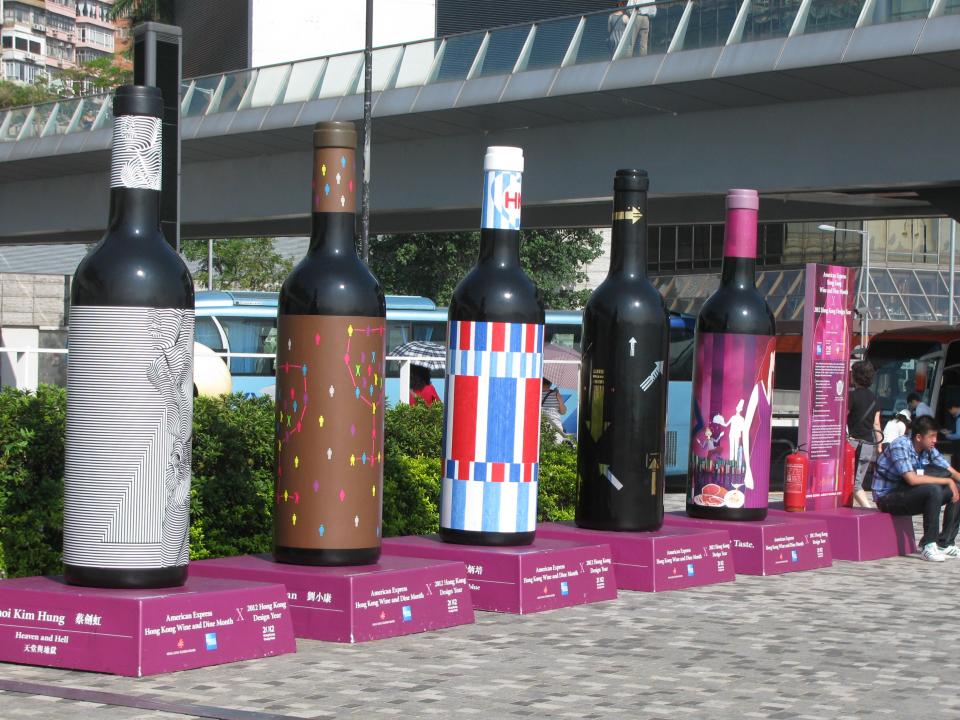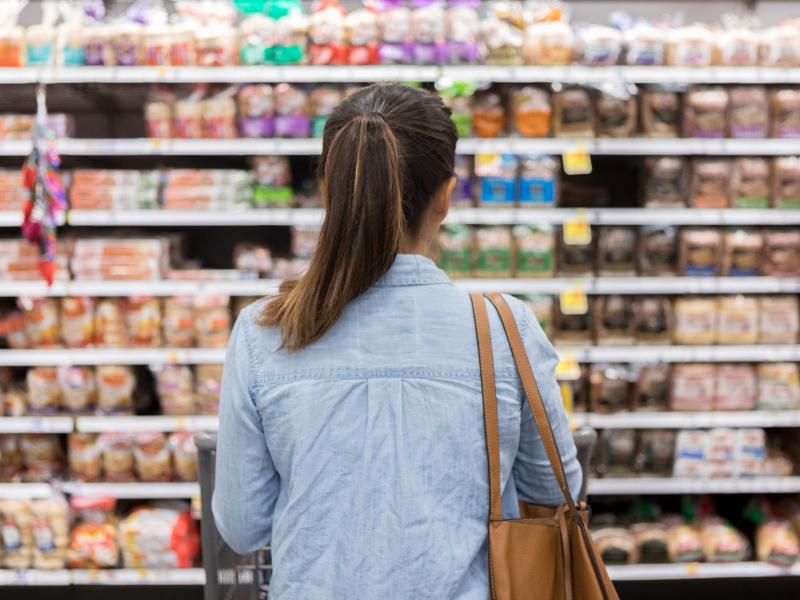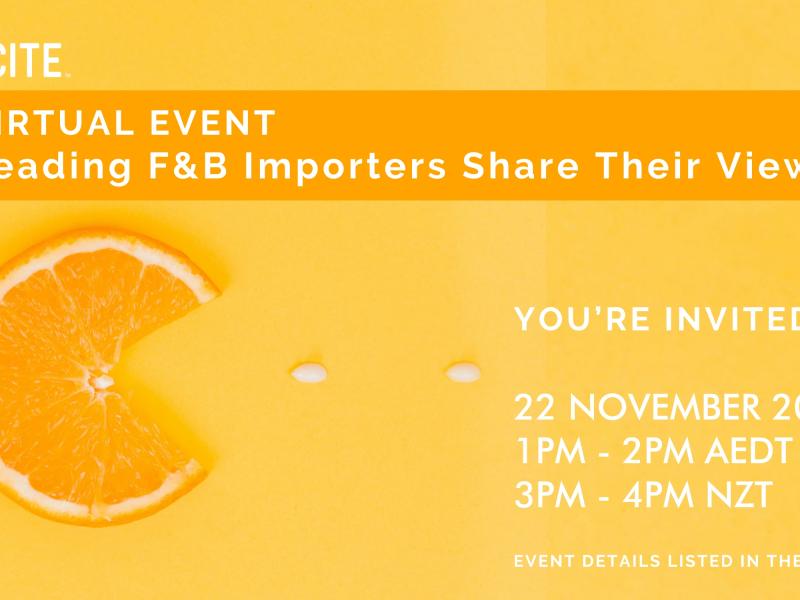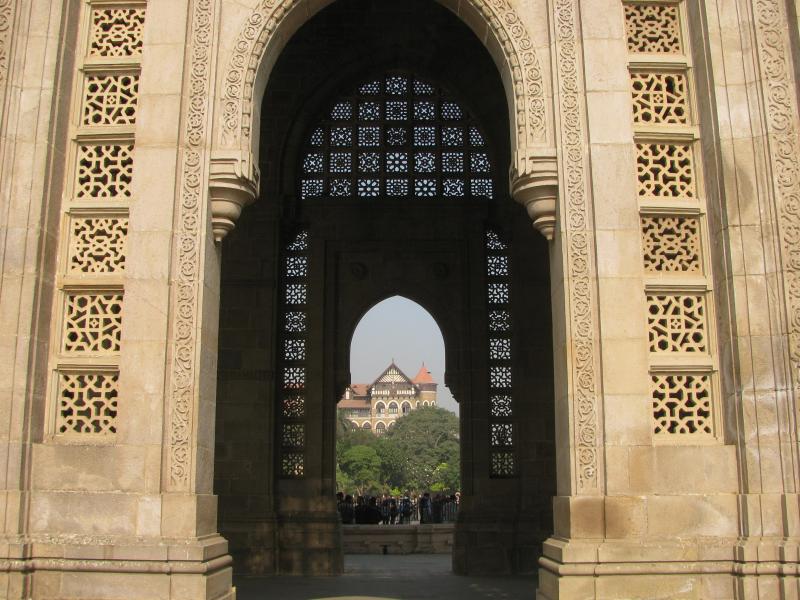In June, Incite and Exporter gave 650 food and beverage importers across Asia the chance to share their views about the advantages and disadvantages of importing New Zealand food and beverage products.
The survey was open to leading importers and distributors Incite works with in Hong Kong, Malaysia, Brunei Darussalam, Singapore, The Philippines, Taiwan, Indonesia, Thailand and Vietnam. The survey sought to provide insights about how major buyers across Asia feel about doing business with New Zealand food and beverage suppliers, versus our international competition.
It is well known that New Zealand has a reputation internationally for producing quality food and beverage products. The ‘100% Pure’ tagline not only works for the tourism industry, but also our food and beverage industry. When consumers think of New Zealand they think of wide-open green spaces, clean air and water. These perceptions extrapolate to consumers trusting the integrity of food products that are exported from our shores.
The survey figures back this up.
Eighty-five percent of respondents in our survey felt the quality of our food products gives New Zealand an edge over our international competition, and 69 percent of respondents indicated that New Zealand’s reputation for food safety is a competitive advantage for our exporters. In Asian countries where consumers are increasingly questioning the integrity of local food supply because of scandals, which include the use of carcinogenic plastercisers in products including baby foods, this reputation provides tangible economic returns for our exporters.
The F&B industry across Asia is a challenging one with strong international competition, high entry costs and pressure on pricing and margins. Getting on retail shelves is expensive and because of the competition, maintaining shelf positioning is a constant battle. The typical consumer is not always as conscious about the quality of their food as we in New Zealand are and will often make purchasing decisions based on the price tag, as opposed to the ingredients listed in the nutritional table printed on products.
In the food service industry, hotels and restaurants that are facing increasing compliance, labour and electricity costs are doing everything they can to cut food costs. The quality of dishes coming out of hotel and restaurant kitchens is in many cases being sacrificed for the benefit of the bottom line.
There is a perception amongst importers across Asia that the cost of importing food and beverage products from New Zealand is expensive. In our survey, 80 percent of respondents indicated that the high price of our goods, relative to our international competition, is a barrier to importing New Zealand food and beverage products.
New Zealand’s geographical isolation and distance from Asian markets, combined with the limited services available for shipping our products to Asia, mean that our exporters pay high freight costs relative to exporters from other countries. In our survey, 43 percent of survey respondents felt the high cost of freight from New Zealand is working against us.
It is important to understand that it is the landed cost at the destination port that importers assess when considering importing international food and beverage products, rather than an exporter’s EXW or FOB price, and freight is a major variable in the calculation.
Freight costs present a ‘chicken and egg’ situation. To bring down the freight cost component of an export order you need to ship in FCL (Full Container Load) volumes. However, to ship FCL volumes an exporter’s goods need to be perceived as being competitively priced. Because importers often want to test the market for a product by ordering in LCL (Less than Container Load) volumes in the initial stages, it is very difficult to grow the volume because the freight cost on LCL volume orders is so high, resulting in our goods being perceived as expensive. Because the effort involved to import a pallet of product is virtually the same as when importing a container of product, generally importers would prefer to import a product that will be competitive against similar products already available in the market, so they can sell good volume.
The truth on FTAs
The New Zealand Government has been very active in the negotiation and implementation of FTAs (Free Trade Agreements) with major economies throughout Asia. When New Zealand FTAs are implemented the Government has on a number of occasions hosted outreach programs to educate New Zealand businesses about the benefits of using our FTAs, especially the tariff reductions available when exporting to FTA partner countries.
Unfortunately, as tariff preferences under our FTAs are realised when goods are being cleared through Customs in the FTA partner country, in many cases the tariff benefits our FTAs present are not been taken advantage of because importers have not been educated about the tariff preferences available to them. In our survey 41 percent of respondents indicated they were not aware that their country had a FTA with New Zealand.
To take advantage of the financial benefits our FTAs present, New Zealand exporters need to take the initiative and guide their offshore customers through the required processes to finally access these tariff reductions. The reality in many Asian markets is that importers are rarely proactive in taking the time to learn about the Free Trade Agreements their country’s have. Further, Customs bodies and other Government agencies responsible for the implementation of these FTAs do not always provide clear and concise guidance to importers about the application of them. A pessimist might say, “Why would they when FTAs are eroding the country’s tax base?”
The positive news though is that those importers aware of the FTA their country has with New Zealand (some countries have multiple FTAs with New Zealand) do see the value of it. Forty-one percent of respondents indicated that the FTA New Zealand has with their country provides our exporters with a competitive edge over suppliers from other countries, and 56 percent of respondents felt that the FTA New Zealand has with their country provides economic benefits to their business.
The overriding message from the survey results is that while there is a definite appreciation of the quality of products being produced and exported from New Zealand, the relative cost competitiveness of our products is a major determinant in succeeding to build export markets in Asia.
Cameron Gordon is Asia market director at Incite, a New Zealand owned export services firm representing a clientele of international F&B exporters in Southeast Asia, Hong Kong, South Korea and Taiwan. Email camerongordon@exportincite.com





